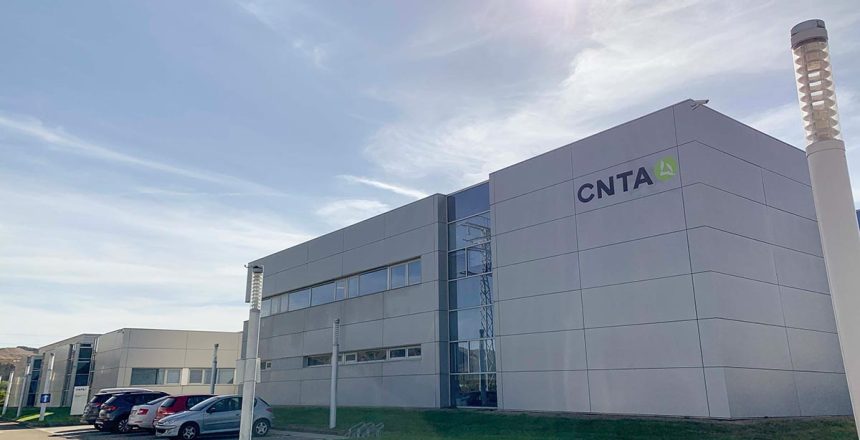The National Centre for Food Technology and Safety is moving forward in the process of integration with the Riojan technology centre FUDin, which began just over a year ago. Thus, both entities have decided to combine all their research projects in such a way that CNTA’s budget this year amounts to 21 million euros, seven more than last year ‘partly due to the union and partly to the entity’s own growth’, according to those in charge. For 2030, meanwhile, they envisage an income of more than 30 million euros.
For this new stage, CNTA’s general manager, Héctor Barbarin, underlines as a priority the transfer of technology to companies through its collaborative innovation space called ‘Eatex Food Innovation Hub’. This, as he explains, offers different programmes in such a way that its main focus is on research projects at risk. ‘We do research and only if it is successful and the company incorporates the technology do we pay for it. If there is no success, it is not rewarded. It’s as simple as that.
At present, the National Centre for Food Technology and Safety has identified a total of 80 technological assets (patents, industrial secrets, protected knowledge, etc.) within Navarra’s SINAI innovation system. Of these, it has selected a dozen that have ‘particular potential to reach the market’, according to its forecasts.
On the other hand, with regard to the main challenges facing the agri-food sector in the field of R&D&I, he considers that the main line of work should be focused on ensuring a ‘healthy and sustainable’ type of food. He also points out that another pending task is the need for the industry to be able to attract talent. ‘It is a sector that is going to grow, highly technical and attractive for developing a professional career because it is going to be necessary to have qualified technicians at all levels,’ he explains. In this sense, he believes that the entire agri-food value chain should work to create enthusiasm ‘so that young people feel a sense of job satisfaction from working in CNTA or in any of the companies that make up the rich agri-food fabric of the Autonomous Community of Navarre,’ he concludes.
Source: diariodenavarra.es




